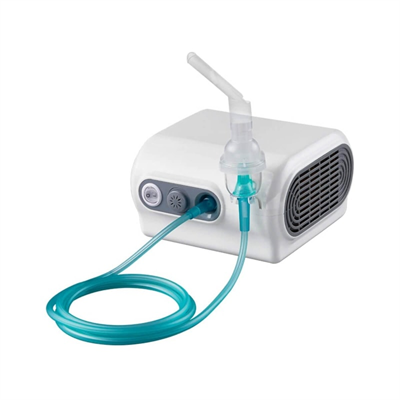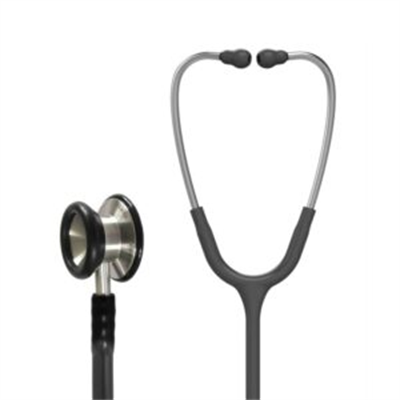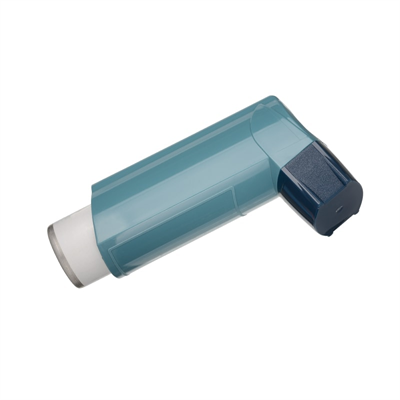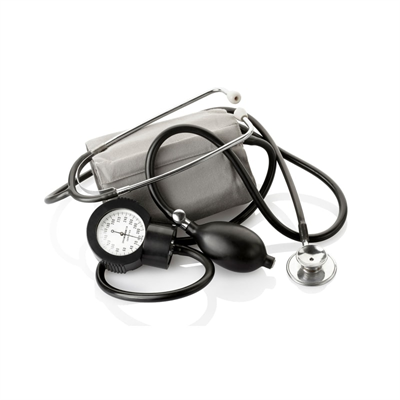First registration fee for domestic third-class medical apparatus
Clinical trials are the core variable of registration costs. Taking implantable cardiac stents as an example, the cost of multi-center, long-term follow-up trials may exceed 2 million yuan, while ordinary diagnostic equipment can be controlled in the range of 300,000 to 800,000 yuan. Technical review and system verification cannot be ignored, and hidden expenses such as expert review fees and on-site inspection travel expenses can reach tens of thousands of yuan. In addition, additional costs such as agency service fees, translation fees, and ISO13485 certification fees further push up the total cost to hundreds of thousands to millions of yuan.
Policy Dynamics: Double Dividends of Fee Reduction and Efficiency Improvement
In recent years, regulatory policies have shown a dual-track trend of "fee reduction + acceleration". On the one hand, many governments have reduced the burden on enterprises through financial subsidies: for example, Shanghai will reduce the first registration fee to 23,000 yuan from April 2024, Hunan Province will implement full free of charge for innovative medical apparatus, and the Beijing-Tianjin-Hebei region will shorten the cycle by optimizing the review process. On the other hand, the mandatory implementation of the electronic declaration system (eRPS) and the pilot project of "the same group product moving into the record within 5 days" in the Yangtze River Delta have significantly improved the filing efficiency. The full implementation of the
unique identification (UDI) policy has increased the cost of enterprise coding and data upload (about 30,000 to 100,000 yuan/year), but it will help reduce regulatory risks in the long run by improving product traceability. It is worth noting that all Class III medical apparatus must implement UDI by 2025, and enterprises need to deploy coding systems in advance to avoid compliance risks.
 Medical apparatus industry 2024 science and technology stren
Medical apparatus industry 2024 science and technology stren
 The turning point of the medical apparatus industry has arri
The turning point of the medical apparatus industry has arri
 CCTV exposes the chaos in the water light needle market, Gua
CCTV exposes the chaos in the water light needle market, Gua
 Medical apparatus evaluation speed up and boost the industry
Medical apparatus evaluation speed up and boost the industry




